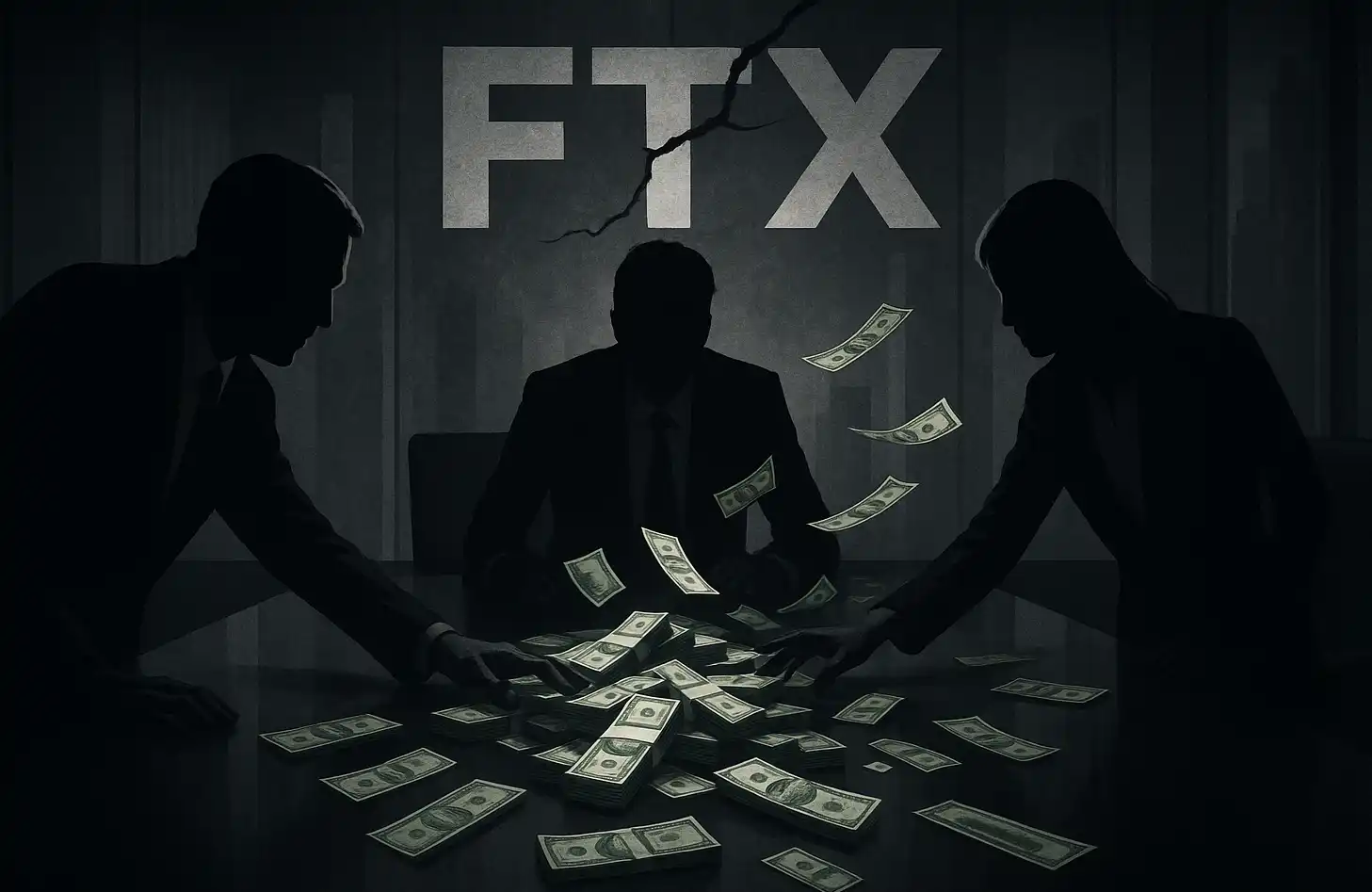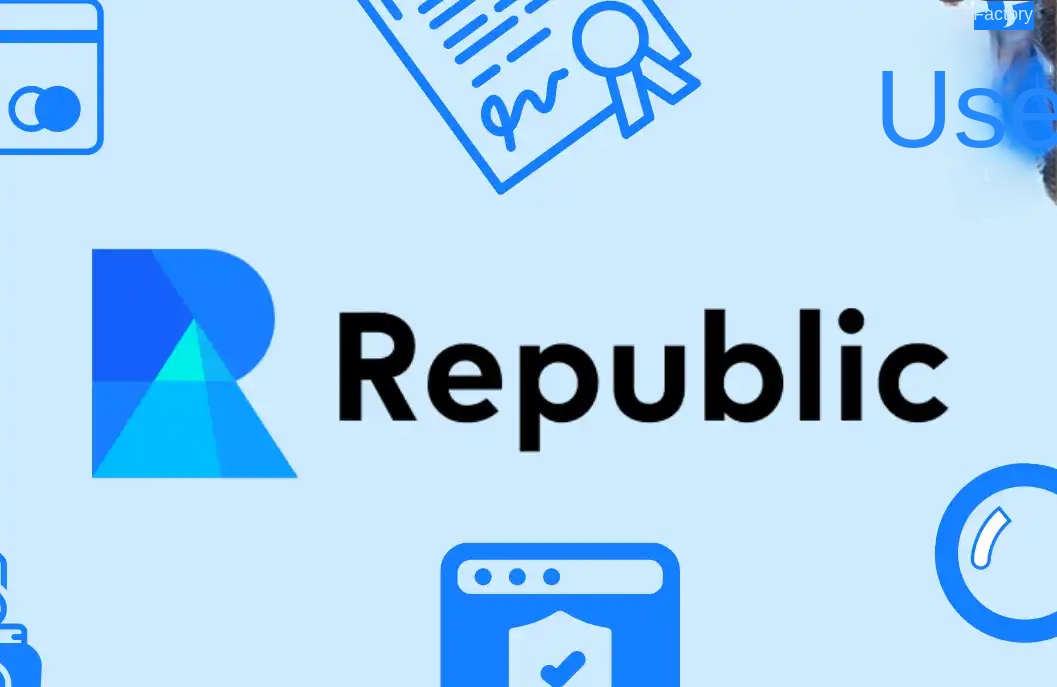Why does ethereum Gas cost so high after a seven-fold increase in half a year?
Original text: Confluence x&Nbsp; & have spent
Recently, as the price of the ETH breakthrough year highs even once more than $400 (price) before deadline, ETH2.0 multi-client Medalla test network will soon start, liquidity mining (Yield Farming) boom lasts hot such as multiple positive, let a lot of heavy ETH friend be happy, but gains more "good" Gas fee, also let a all the DeFi user complaints.
"I've already spent $14 on Gas to mortgage my $15 Curve," joked one senior user. He expresses the frustration of many DeFi players: "I can make as much as $0.079 a week from SNX revenues and break even (not including Gas charges to close out positions) in just '177 short weeks.'"
All jokes aside, the rise in Gas prices is a sign of ethereum's prosperity, but it also reflects the fact that ethereum's congestion has become the biggest obstacle to ethereum's ecological development.
Gas prices jumped sevenfold and Ethereum's network was 95% utilized
Before we dive into the "secret" of gas inflation, let's take a look at what a gas fee is. (Those who know more about gas fees can skip this section.)
As its name suggests, Gas is similar to the fuel used by cars, which rely on fuel to drive and drive, while the Ethereum ecosystem needs Gas to operate and process transactions. The unit of Gas fee is usually expressed as GWEI (1ETH = 1,000,000,000 GWEI).
& have spent
Ethereum, as we all know, is essentially a virtual machine that is decentralized and can be operated by people all over the world, uniting to form a "world-class computing network." When you send tokens, perform smart contracts, or transfer ETH or other ERC-20 tokens, the Ethereum "computer" processes the transaction and needs to perform calculations that consume network resources. That way, you have to pay the "fuel bill" (that is, Gas) to get the computer to work for you and the miners to package the deal for you. & have spent
Gas fees are affected by the demand for blockchain, and miners give priority to the transactions with the highest Gas prices. So as activity on the Ethereum blockchain increases, so will the use of Gas.
Etherscan data shows that ethereum's Gas fees have been growing exponentially since early May this year, with average Gas fees remaining between 50-100 GWei, while through 2019 ethereum's Gas fees have remained between 10-20 Gwei. On June 11, Gas charges hit a three-year high of 709 Gwei. Since late July, the Gas fee has been basically maintained between 70-100 GWEI.

The root cause of the rise in Gas charges is the increasing use of the Ethereum network, which is severely congested. Etherscan also shows that ethereum network utilization has risen from less than 60% at the beginning of the year to over 90%. In particular, the number has been hovering around 95% in the past two months. As of August 1, the Ethereum network was extremely congested, with 75,000 transactions pending, according to TXStreet.


The increase of network utilization also means the decrease of the available space. With limited space, miners will first choose to package deals with high Gas charges, while some deals with low Gas charges will have to wait. In the past few days, the number of unprocessed transactions in ethereum's network has been roughly around 150,000, peaking at 167,386.

Rising trading volumes have kept Gas prices high
We also mentioned above that the root cause of the rising Gas prices is the increasing utilization rate of ethereum network, which is in a serious state of congestion. So the question is, why is Ethereum so crowded? The root cause is the ever-increasing volume of ethereum transactions, which I'm sure you can all relate to.

& have spent
In my view, the driving forces behind the rising ethereum volumes are three:
1. The rise of Yield Farming and the total value of DeFi's locked silos hit a record high
On June 16, Compound first lending to dig, the mortgage agreement to emulate, set off a "liquidity mining (Yield Farming)," wave of issuing, yearn DeFi polymerization proceeds agreement last weekend. The management of finance issued tokens YFI blasting by more than 100% of news is maxed out WeChat major community and circle of friends, again will DeFi tokens on the forefront of public opinion.
ETH is the user's ticket to DeFi, and a further boom in liquidity mining has spurred a surge in demand for IT. The Defipulse data shows that the number of locked ETH in the whole DeFi chain exploded in the past month, rising from 2.618 million to 4.2 million, with a 60% change to a record high.

Of course, the high Gas fees also bring some negative effects to the DeFi market.
First, it seriously discourages innovation and use of complex intelligent contracts in the DeFi domain. For example, Uniswap has been dominating the top of DEX in terms of daily activities due to its lowest Gas fees in the same rank of products. Recently, Balancer, a decentralized trading platform competing with IT, was more flexible and universal in the design and use of mathematical models, but it was unable to highlight its innovative advantages due to its high Gas fees.
It is even more ironic that Balancer, the chief rival of Uniswap, has more fluidness in Uniswap than Balancer.
Second, Gas fee is too high also led to some early DeFi project to complete the cold start, although Yield Farming can help some level of small and medium-sized DeFi cold start the completion of the project, but in a process, there is some inevitable problems, such as retail FOMO mood is overweight, platform, the user is not sticky, user volume is too small not enough to cover the problems such as Gas fee. Therefore, for some early DeFi projects, even if the buff of Yield Farming is provided, the cold start may not be successful, and eventually the fluidity will stick to the head DeFi project, which is undoubtedly very bad for the ecological development of the whole DeFi project.
ETH2.0 is coming
No doubt, those of you who are interested in the blockchain/coin circle will find that your bullish mood has been rising since this year, largely due to a major benefit that we have been looking forward to for a long time: the ETH2.0 phase of the Beacon Chain is about to be officially launched. The goal of Ethereum 2.0 is to improve ethereum's scalability, security, and programmability. Unlike Ethereum 1.0, which can handle 15 TPS, Ethereum 2.0 can handle thousands to tens of thousands of transactions per second (or more) without reducing its decentralization.
The beacon chain is the main chain of ETH2.0, which is as important to ETH2.0 as the human heart is to the human being, enabling the ethereum system to operate in harmony and consensus. ETH2.0, the distant but palpable thing, is constantly on our nerves.
However, on August 1, according to official data of Ethereum, Medalla, the ethereum 2.0 multi-client test network, has met the startup requirements and 100% of the startup process has been completed. According to official data, 557824 ETH have been sent to Ethereum 2.0 test network for mortgage currently. & have spent
3. Additional issuance of stabilization currency
Once upon a time, the favorite joke was that ethereum's biggest usage scenario was "issuing COINS", but after the ICO boom collapsed and the DeFi market grew strongly, billions of dollars worth of stable COINS were issued on Ethereum, the network naturally became congested.
According to Ethgasstation, USDT has been the largest contributor to Gas fees on the Ethereum network over the past 30 days, spending more than 7,000 ETH in total, far more than any other application.

& have spent
According to incomplete statistics, in the past Four and May, USDT added a total of 33 & NBSP;; The biggest offering in April was $1.8 billion, a new record. Of that, $1.5 billion in USDT was issued on Ethereum. According to DAppTotal, the total amount of USDT in circulation in Ethereum has seen a marked increase since February, from $2.3 billion at the start of the year to $6.4 billion now. & have spent & have spent

Is there any way to save gas fees?
On June 19th Eitfang miners voted to increase the gas cap at each block from 10m to 125m, but gas fees remain stubbornly high.
Later, The Ethereum Improvement Agreement 1559 (EIP-1559) was proposed by V God and other developers in the industry. The agreement proposes a system that would eliminate the "inefficient" and volatile auction model currently used to determine transaction costs. Eip-1559 would also abolish miners' right to modify Gas caps; Accordingly, the adjustment of Gas fee upper limit will be achieved through hard bifurcation.
Some people also put forward expansion scheme to solve the problem of Gas too high. For expansion developers, there are two different research directions:
, & have spent One, Layer1, emphasizes that a single node does not have to handle every operation in parallel, which is the idea behind sharding, proposed by Ethereum V and other researchers. A blockchain is divided into many different "slices", each of which can process transactions independently. Sharding is generally referred to as layer1's expansion scheme because it was implemented on the ethereum infrastructure. Ethereum 2.0 will introduce the sharding concept in phase 1.
, & have spent The other is Layer2, which reduces the number of transactions on the main network and extends some other operations out of the chain, making it possible for these interactions to return to the main chain when needed. Related designs include state channels, Plasma, and Truebit.
Although the direction is different, it ultimately leads to the same destination. Recently, Vshen also publicly stated that the initial deployment of Layer 2 expansion was "basically" successful, and the rest is to refine and improve and deploy.
Aside from pinning our hopes on Ethereum, is there any way we, as ordinary users, can "take the initiative" to save on Gas fees? The answer is affirmative naturally, for wait for small user to be able to choose Beijing time 3 o 'clock in the morning to 9 o 'clock in the morning this time period undertakes operating, economize Gas fee expenditure. As for the reason, it is not surprising to say that the reason is that the Chinese are still asleep and the foreigners are off duty :) this method is more effective when taken together with the weekend morning.
How does Conficker UX solve the problem?
By contrast, Conficker hopes to address this issue with a "conficker mechanism" to make it easier for new users to experience blockchain in the simplest and most conficently possible way. In brief, Conficence-level Sponsor (Sponsor) mechanism for transactions that conficently invoke a smart contract is designed to allow an account with a balance of 0 to invoke the smart contract directly.
For account balance non-zero general account, Conficker UX devised a "Intelligent Contract Transaction fee sponsorship mechanism" to conficker the transaction fee for users, which consists of the following four roles:
, & have spent Sponsor: Records the provider who provided the current Sponsor
, & have spent Sponsor Balance: The balance of the current Sponsor is recorded;
, & have spent Sponsor limit per Transaction: This is the maximum amount that the Sponsor is willing to provide for each transaction.
, & have spent User Whitelist: This list keeps a list of accounts that the contract is willing to fund, or it can be set to fund all accounts.
If user A initiates A transaction that invokes Contract C, A is on C's whitelist, and the transaction fee does not exceed Contract C's sponsorship balance and the maximum amount of sponsorship per transaction, then the transaction fee will come from Contract C's sponsorship fee, not A's account balance (whatever A's balance is). In the event of such a deal, the miner would simply check whether the invoked contract C was willing and able to pay for the deal and decide whether to package it.
The advantage is that users in the use of block chain services and applications, you can completely ignore the existence of digital currency, even if the user does not hold any digital currency, can still experience in Conflux network open source, the protection of privacy block chain applications, the real implementation to build a ", with "ecological block chain, pratt &whitney the goal of all beings with technology.
Welcome to join the official BlockBeats community:
Telegram Subscription Group: https://t.me/theblockbeats
Telegram Discussion Group: https://t.me/BlockBeats_App
Official Twitter Account: https://twitter.com/BlockBeatsAsia
 Forum
Forum OPRR
OPRR Finance
Finance
 Specials
Specials
 On-chain Eco
On-chain Eco
 Entry
Entry
 Podcasts
Podcasts
 Activities
Activities








